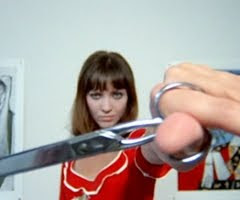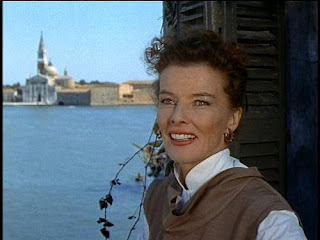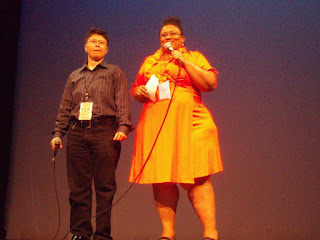Search This Blog
women in film & media
Production, distribution, reception
of films
Posts
Revisiting Katherine Hepburn in Venice: Summertime
- Get link
- Other Apps
Revisiting Ingrid Bergman in The Visit
- Get link
- Other Apps
Revisiting Bergman's The Seventh Seal
- Get link
- Other Apps
Queer Women of Color Film Festival, San Francisco June 12-14
- Get link
- Other Apps
The Eclectic 62nd Cannes Jury=Woman Power
- Get link
- Other Apps
Gus Van Sant Gets Milk Nearly All Right
- Get link
- Other Apps
Journalist Ulrike Meinhof: From Theory to Practice
- Get link
- Other Apps












